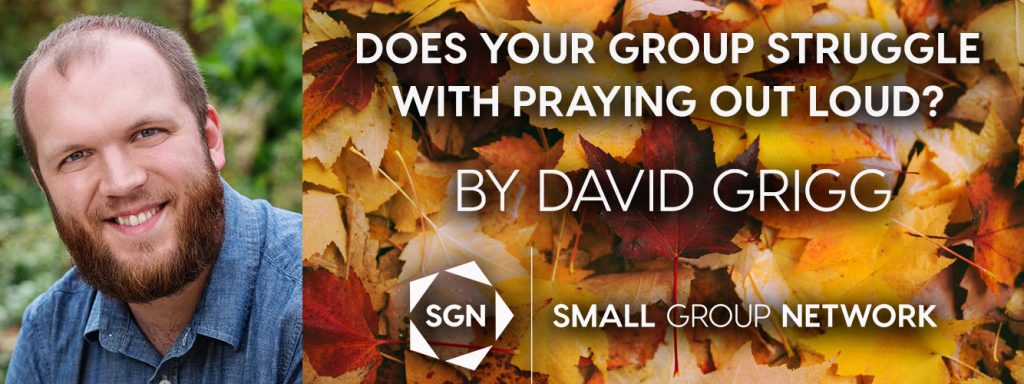
Grow as a leader, strengthen your team & accelerate the health & growth of your small group ministry by attending one of our “Accelerate!” small group workshops. For more info or to register, VISIT
You’ve set aside plenty of time for prayer at the end of your group meeting. Requests and praises have been shared. You, as the leader, invite your group to pray and open the prayer time yourself. And then…silence.
As small group leaders, many of us resonate with this scenario. This is because for most people, prayer is largely seen as a private practice rather than a corporate experience. Praying out loud in front of others can be an intimidating or outright frightening experience. So, what can we do as leaders to help people grow in their expression of prayer, and make our groups a safe and comfortable space to practice and grow?
Talk about prayer
It can be easy to go into a small group expecting that everyone knows the protocol for group prayer. However, I’m consistently surprised at how many people in groups that I lead have never prayed out loud. Sometimes all a group needs to participate in prayer is to know what to expect and what is expected of them. In the scenario above, it could be as simple as explaining to the group that everyone is going to participate by at least saying one sentence, like “God, please help _______”.
It is also important to remind your group that no one is expecting eloquence or fancy words in prayer. God desires to hear their words, not someone else’s words coming from their mouth.
Embrace the silence
It is human nature to try to alleviate awkwardness and fill silence whenever they arise. However, as leaders, we must resist this urge. Stillness and silence are a healthy part of a personal prayer life, and they play a vital role in group prayer as well. Let your group know in advance that you’re going to allow for silence to give space for God to speak and the Spirit to move. That will alleviate some of the tension in-between words and keep the silence focused rather than allowing it to become a distraction.
Some of the most powerful prayers I’ve heard in a small group came after I was concerned about letting the silence last too long. God can do some amazing things when no one is speaking.
Try new models of group prayer
If your group is uncomfortable with praying out loud, you can encourage small steps by practicing other models of prayer aside from the traditional prayer/praise request model groups commonly use. Here are two models I have found quite helpful:
Movements of Prayer
This is a facilitated prayer model. The group leader begins with a phrase and group members finish that phrase as a prayer to God. When it seems like the group is ready to move on, the leader says another phrase for group members to finish. The most common phrases are “Lord, you are…”, “Lord, thank you…”, and “Lord, help me…”. This model can allow your group to participate in deep and meaningful prayer together while each person only says a few words at a time.
Written Prayers
Writing down prayers is sometimes viewed as less “spiritual”, but doing so in a group setting has two incredible benefits: avoiding feelings of being put on the spot and the ability to look back at prayers later on. Consider having each group member write a one or two sentence prayer and then have everyone read their prayers out loud. Then, at your next meeting, pull out last week’s prayers and discuss how God has moved since you last met.
It is in small groups that we have the opportunity to make our personal faith relational. Prayer is central to that transformation. While it is a challenge and a process to encourage group prayer and praying out loud, it is worth the effort and time so that we can fully participate together in the community of faith.





